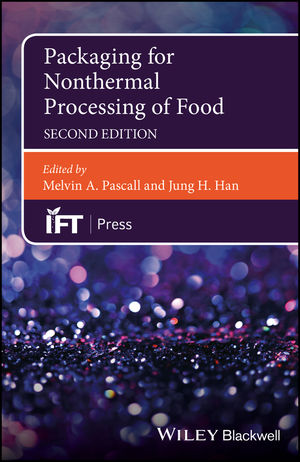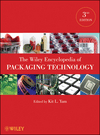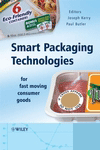Packaging Perspectives Podcast
PODCAST | Trends in Secondary and End-of-Line Packaging
.jpg?1740587300)
Image Source: SOMIC / Artulina1 / iStock via Getty Images Plus (background illustration)
We recently spoke with Peter Fox, CEO of SOMIC Packaging Inc., about trends in secondary and end-of-line packaging.
SOMIC Packaging Inc. is the U.S. arm of Amerang, Germany-based SOMIC. Fox began SOMIC's U.S. subsidiary in 2014, and he was promoted to his current position as CEO in 2021. Fox is a 30-plus-year packaging industry veteran.
Given that SOMIC is based in Germany and that Fox heads the company’s U.S. subsidiary, we figured that he could provide some unique perspectives on secondary and end-of-line packaging in both Europe and North America, and he did not disappoint.
Secondary Packaging
“In Europe, the packagers really leverage that secondary packaging as a marketing tool, and they see it as a tremendous opportunity for that shelf appearance to be extremely pristine and to be that last opportunity to convince the consumer to buy that product,” Fox notes.
This has a major impact on the type of secondary packaging materials used in Europe, such as pre-printed E-flute corrugated cardboard.
“Many if not most of our machines in Europe are packing into these beautiful display trays in this high-gloss, E-flute material – with a lesser-quality cover that is simply pulled off and recycled,” Fox said. “What remains on the shelf is a very pristine package that is really doing a lot of the marketing legwork.”
This stands in stark contrast to the United States, where many CPG firms view secondary packaging as a “necessary evil” that should be accomplished as cheaply as possible.
End-of-Line Packaging
Fox said a big focus in Europe when it comes end-of-line packaging machinery is compactness.
“They don’t have the land mass that we have in the United States, and when you go into a lot of these facilities, they’re pretty small,” Fox said, adding that SOMIC’s modular design allows for unique layout configurations that take advantage of whatever space is available.

European facilities prize compactness when it comes to automated carton end-of-line packaging equipment. Thanks to its modular design and compact dimensions, the SOMIC 434 fits seamlessly into existing production. Image courtesy of SOMIC
Meanwhile, greater warehouse space notwithstanding, more and more U.S. manufacturers are starting to recognize the benefits of a more efficient end-of-line packaging configuration and better flow pattern.
Fox also talked about general trends he sees in secondary and end-of-line packaging, including the growing importance of case-packing operations that are able to handle a wide variety of primary packaging formats, such as some of the new pouch designs.
You can check out the Audio Podcast HERE:
Looking for a reprint of this article?
From high-res PDFs to custom plaques, order your copy today!









